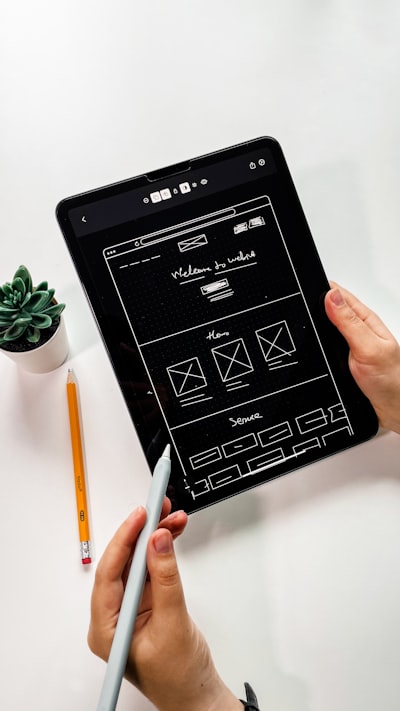Common UX Mistakes and How to Avoid Them
Discover the most common UX mistakes that designers make and learn effective strategies to avoid them in our latest blog post.

Introduction
User experience (UX) is a crucial aspect of any product, whether it's a mobile app, a website, or a physical product. Despite its importance, many designers make common mistakes that can drastically affect the UX. Luckily, these mistakes are avoidable if you know what to look for. In this blog post, we’ll explore common UX mistakes and how you can avoid them.
Mistake 1: Ignoring User Feedback
One of the biggest mistakes that designers make is ignoring user feedback. This feedback is invaluable as it provides real insights into how people interact with your product, what they like, and what they don't. Ignoring this can lead to a product that doesn't meet user needs.
How to Avoid It
Always make user feedback a central part of your design process. This could involve conducting user testing sessions, surveys, or interviews. Taking the time to understand your users and their needs will greatly improve the UX of your product.
Mistake 2: Overloading Users With Information
Another common mistake is overloading users with information. This can make the product confusing to use and lead to users feeling overwhelmed.
How to Avoid It
Keep it simple. Only provide users with the information they need when they need it. Use clear, concise language and avoid using jargon. Remember, less is more when it comes to UX.
Mistake 3: Not Designing for Different User Abilities
Not all users have the same abilities. Some may have visual or hearing impairments, while others may have limited motor skills. Failing to design for these different abilities can make your product inaccessible to a large portion of your user base.
How to Avoid It
Design your product with accessibility in mind. This could involve using larger text sizes, providing alternative text for images, and ensuring your product is navigable via keyboard. There are several guidelines and resources available online to help you design more accessible products.
Mistake 4: Not Testing Enough
Testing is a crucial part of the design process. However, many designers do not test their products enough. This can lead to unforeseen issues and poor UX.
How to Avoid It
Test your product regularly and extensively. This should involve testing with real users, as well as conducting usability tests. Also, don't be afraid to iterate on your design based on the results of your testing.
Mistake 5: Ignoring Mobile Users
With more and more people using mobile devices to access the internet, ignoring mobile users is a big mistake. If your product is not optimized for mobile use, it can lead to a poor UX for a large portion of your users.
How to Avoid It
Ensure your product is responsive and works well on a variety of devices and screen sizes. This might involve designing a separate mobile version of your product or using responsive design techniques.
Conclusion
Avoiding these common UX mistakes can greatly improve the user experience of your product. Remember, the key to good UX is understanding your users and their needs, keeping things simple, designing for different abilities, testing regularly, and considering mobile users. By avoiding these mistakes, you can create a product that not only looks great but is also easy and enjoyable to use.




 Editorial Crew
Editorial Crew 







